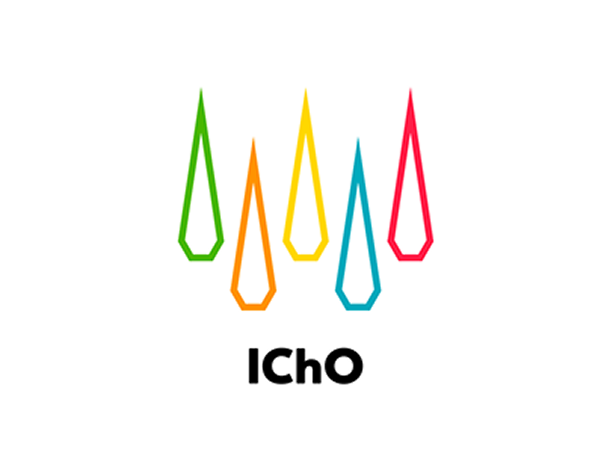The Beginning (1968–1970)
The first IChO ran in Prague (18–21 June 1968) with three countries — Czechoslovakia, Poland, and Hungary — and was theoretical only. In 1969 (Poland), the experimental exam was introduced and Bulgaria joined, with the USSR and GDR observing. In 1970 (Hungary), Romania, the USSR, and the GDR officially took part, and teams were capped at four students — a limit that continues today.
